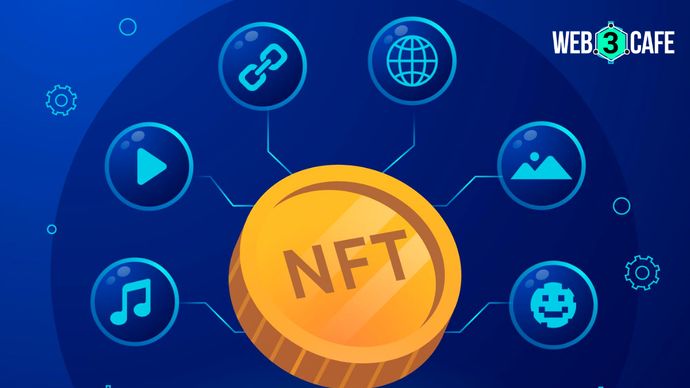Your NFT investments may end up worthless, new industry report reveals
While NFTs have captured the spotlight with high-dollar sales, a report suggests that their perceived value may ultimately rest on shaky ground

Highlights
- Many NFTs have gained attention due to high prices, but their actual value can be questionable
- NFTs represent ownership of digital items, but their worth is often tied to trends and speculation
- The long-term value of NFTs remains uncertain, raising questions about their ultimate worth
NFTs, or Non-Fungible Tokens, once sparked excitement as a revolution in the world of crypto and digital art. However, a recent report titled "Dead NFTs: The Evolving Landscape of the NFT Market '' by experts at dapp Gambl reveals a grim reality. Most NFTs have lost their value, and environmental concerns cast a shadow over their future.
The great NFT crash
1.The report analysed a whopping 73,257 NFT collections and found that a staggering 95 percent have a market cap of zero Ether (ETH). This means that 95 percent of NFTs are now essentially worthless, a sharp fall from the $17 billion trading volume they achieved during the 2021 bull market frenzy.
2.Shockingly, an estimated 23 million investors hold NFTs with no practical use or value.
Supply vs. demand imbalance
1.The study also highlighted a vast oversupply of NFTs, with only 21 percent of collections having full ownership.
2.Around four out of every five NFT collections remain unsold, as discerning buyers seek NFTs with real value and purpose.
The vanishing high prices
1.While NFTs once made headlines for selling at millions of dollars, today, less than 1 percent are listed for more than $6,000.
2.Most of the costliest collections now range between $5 and $100, and almost 20 percent of the "top" collections have a starting price of zero.
3.Such prices may have little to do with actual demand, possibly misleading investors about the true worth of NFTs.
NFTs' potential evolution
Despite the gloomy present, the report suggests that NFTs might adapt to survive. They could find a specific function, such as granting access to special events or becoming virtual items in video games.
The lingering environmental concern
1.The environmental impact of NFTs remains a significant drawback. They are created and traded on blockchains, which consume energy, and rely on cryptocurrencies with substantial carbon footprints.
2.The report highlights that the carbon emissions from nearly 200,000 NFT collections "with no apparent owners or market share" are equivalent to the annual output of 2,048 houses or 3,531 cars.
NFTs, once hailed as the future, now face a stark reality. The majority are virtually worthless, and their environmental cost is concerning. While NFTs may find new roles to play, the boom of 2021-2022 may never return. As we navigate the future, we must balance enthusiasm with environmental responsibility, ensuring that the pursuit of innovation doesn't come at the cost of our planet.
